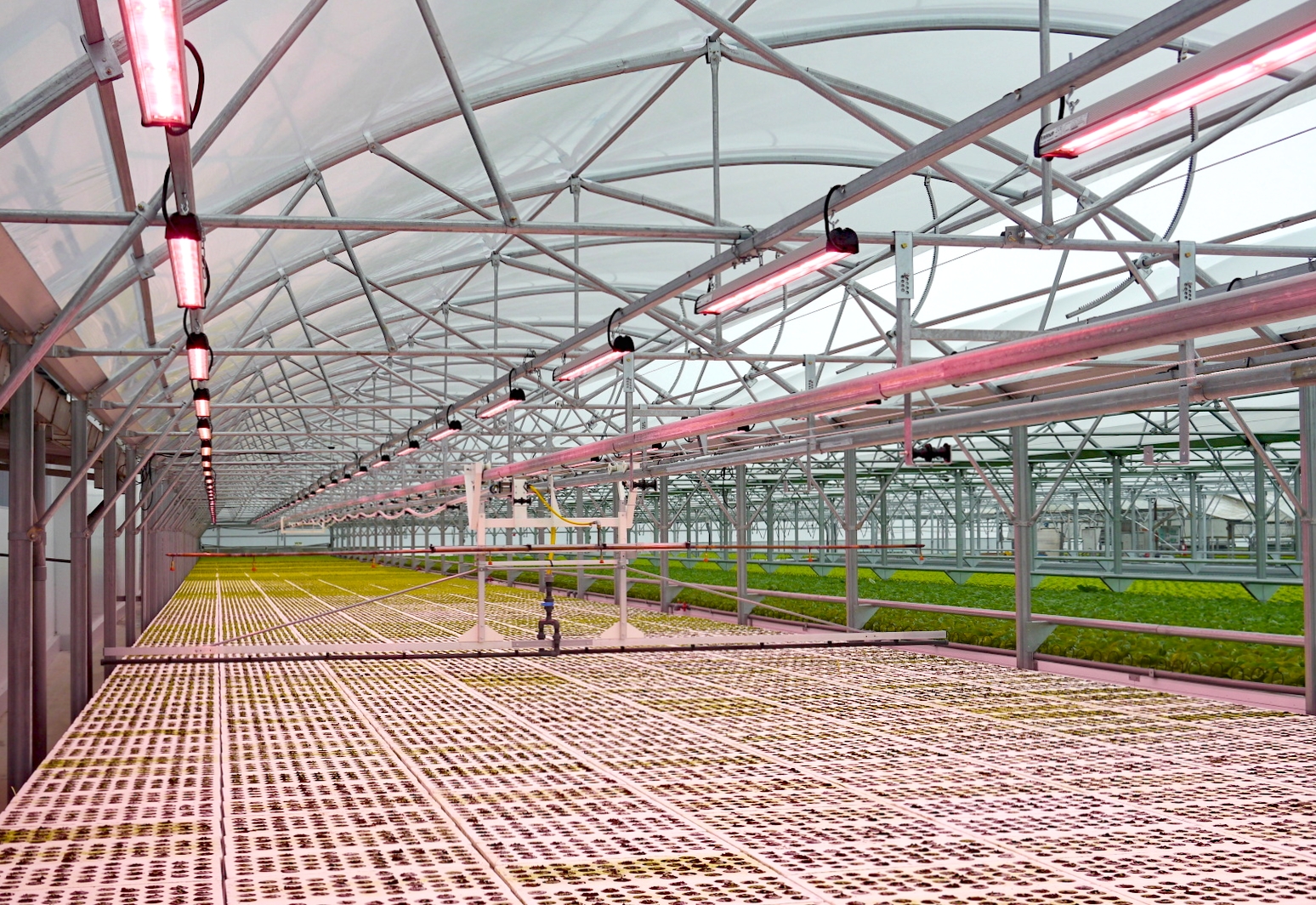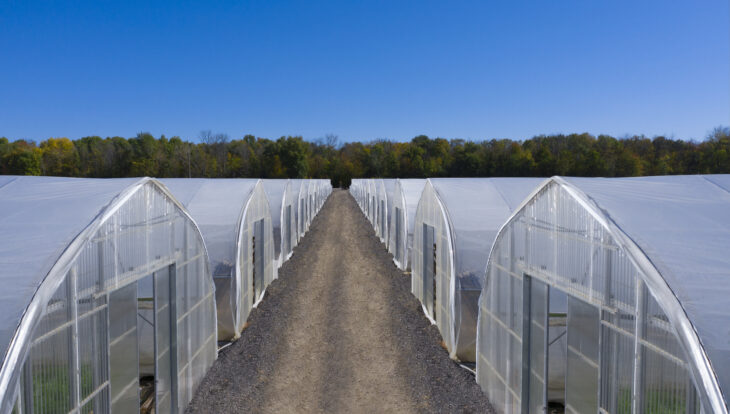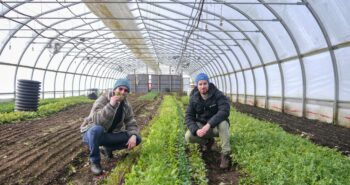This post is also available in: ![]() English
English ![]() Français (French)
Français (French)
Introduction
The article below discusses the increasing prevalence of greenhouses covering more and more of the Earth’s surface. Greenhouses are structures with large transparent areas that capture sunlight and heat, thereby allowing for greater control over the growing environment for plants. As a result, they enable crops to be grown year-round, making them crucial for food production in high-latitude countries with short growing seasons.
Satellite mapping
https://www.hortidaily.com/article/9632359/greenhouses-cover-more-and-more-of-earth-s-surface/

One of the largest greenhouse complexes in the world covers nearly 200 square kilometers in Almería, Spain. Moreover, greenhouses are commonly used for growing flowers, vegetables, fruits, and seedlings, often utilizing specialized greenhouse varieties. Additionally, plants can be started in greenhouses and later transplanted outdoors as the weather warms up. However, the closed environment requires careful management of pests, diseases, temperature, humidity, and irrigation.
Furthermore, greenhouses trap heat through the greenhouse effect, where solar radiation passes through the transparent surfaces and warms the interior, preventing the heated air from escaping (during the colder periods without ventilation). It is important to note that this differs from the atmospheric greenhouse effect which reduces a planet’s heat loss through radiation. Consequently, proper ventilation is crucial to regulate temperature, humidity, air movement, supply of fresh air for photosynthesis and pollination.
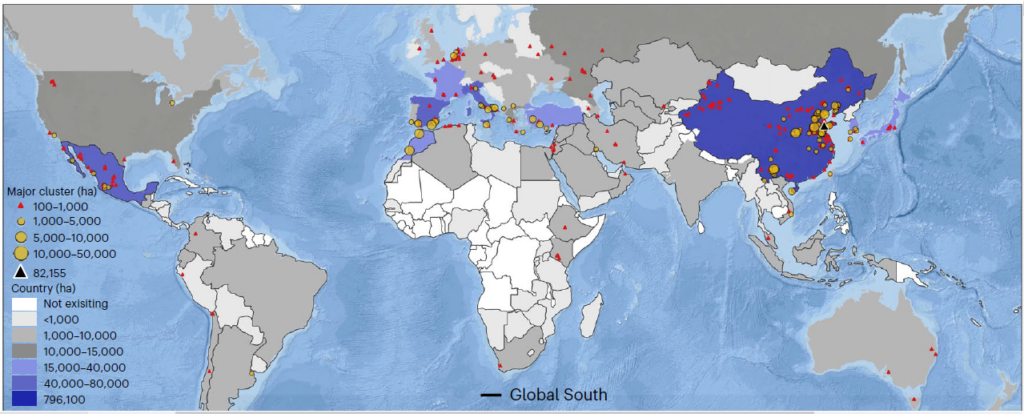
Source : Tong, X., Zhang, X., Fensholt, R. et al. Global area boom for greenhouse cultivation revealed by satellite mapping. Nat Food (2024). https://doi.org/10.1038/s43016-024-00985-0 (above)
In addition to agricultural applications, greenhouses have other applications, such as enclosing solar fields to produce steam for enhanced oil recovery. Overall, the article highlights the growing importance of greenhouses in various sectors, as they provide a controlled environment for plant growth and enable year-round cultivation, thereby contributing to food security and sustainable practices.
Interactive tool
The University of Copenhagen also has an interactive tool to explore the world of the greenhouses:
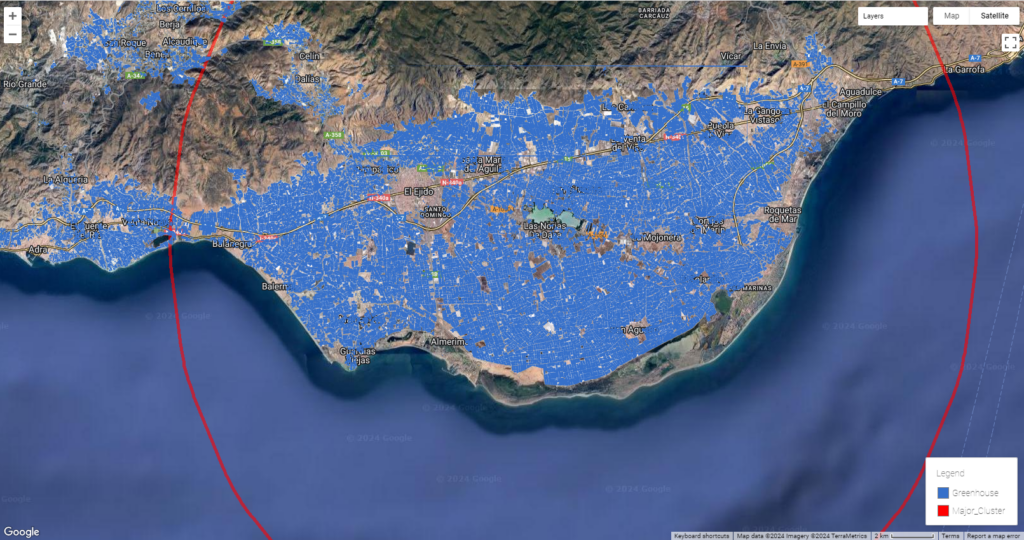
North-America
A glimpse of the Mexican high-lands poly greenhouse structure hot spots below:

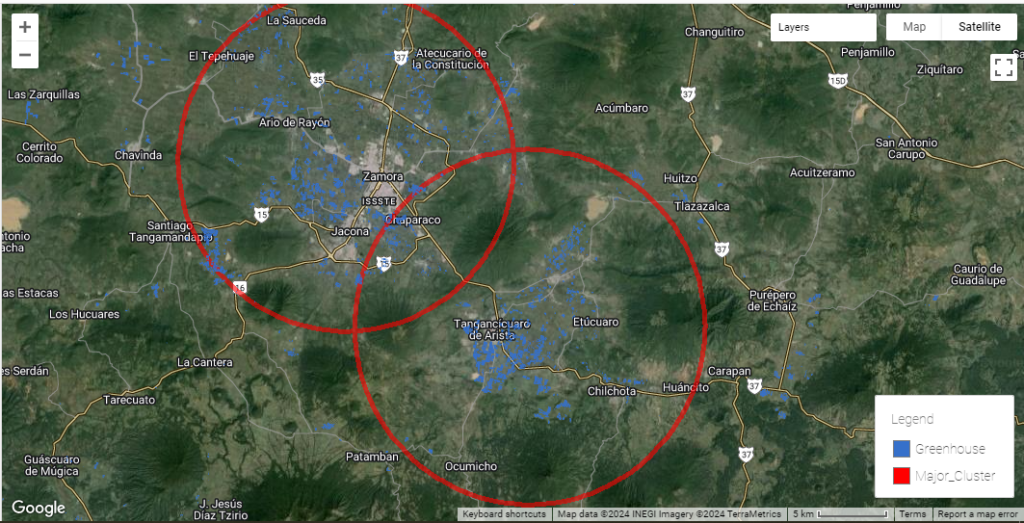
As an example, California has some blue spots and low to mid-tech poly greenhouses detected by the satellites:
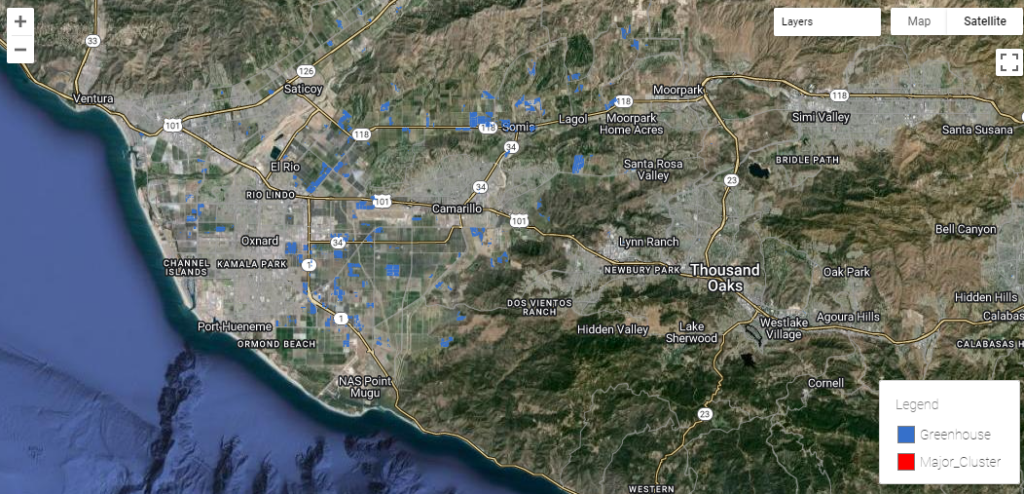

Source:
https://www.hortidaily.com/article/9632359/greenhouses-cover-more-and-more-of-earth-s-surface/
https://rs-cph.projects.earthengine.app/view/greenhouse
Tong, X., Zhang, X., Fensholt, R. et al. Global area boom for greenhouse cultivation revealed by satellite mapping. Nat Food (2024). https://doi.org/10.1038/s43016-024-00985-0
